When we recently heard about an animation project using Corona Renderer for Cinema 4D, we got in touch with Blauw Films to learn more about it. Called “Syntactic Labyrinths”, it’s a science fiction story about trying to preserve the sum total of all human knowledge in the face of a calamity. Leonardo Verkoelen, the Director of Blauw Films, told us all about it!
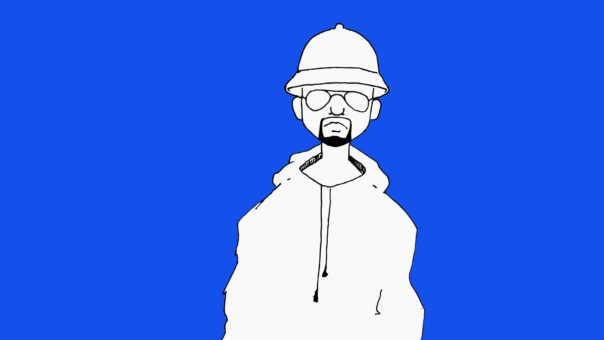
My name is Leonardo Verkoelen. I’m the Director of Blauw Films, a production company in the Netherlands that specialises in visual effects for films. I’m a generalist in most aspects of the film-making process, and what gets me most excited is directing – but what I’m most skilled in is visual effects.
After wrapping production on my last short film, a small scale horror, I felt the need to delve outside of my comfort zone with a much more ambitious project. I wanted to create something that required me to level up both technically as well as creatively. Corona Renderer had been a fun tool to play with, and I was starting to understand how to make it behave more like a real camera.

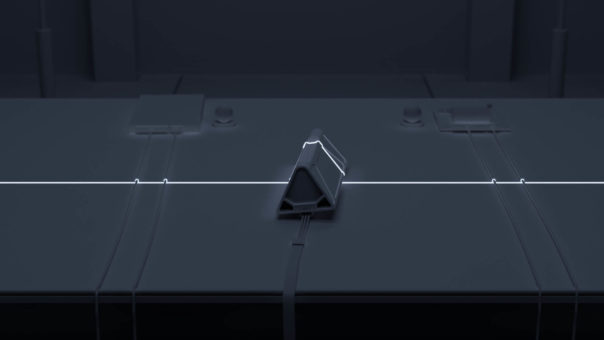
Exactly a year ago, when I started this project, I was fascinated by what lies beyond Earth. My interest for Astronomy and Space travel convinced me that Science-Fiction would be the genre for our next production.
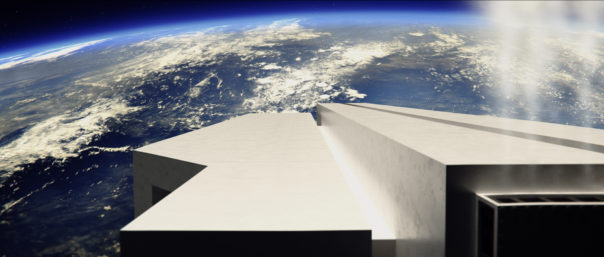
I’ve read some of the great Sci-Fi authors but things changed when I stepped on The Library of Babel, by Jorge Luis Borges. One could consider this story to be soft science fiction or fantasy due to the absurd setting, but what spoke to me was the idea of collective human knowledge.
I quickly contacted Erick Alcaraz (Director of Photography) and Michael Wood (Co-Writer) with excitement and pitched them a contemplative but visually stimulating adventure that takes its inspiration from the masters of epic cinema. We started developing a story right away:
After Earth is hit by a strong solar blast in the year 2030, humanity quickly realises their end is near. In an attempt to preserve our legacy, humanity built The Library. This vessel encapsulates all of our collective history as a species. It is sent off with its destination being the Andromeda Galaxy, in the hope that it will find a new home that understands the knowledge it contains. Onboard, the THINKER & RECEIVER computer modules are responsible for the safety of its journey.
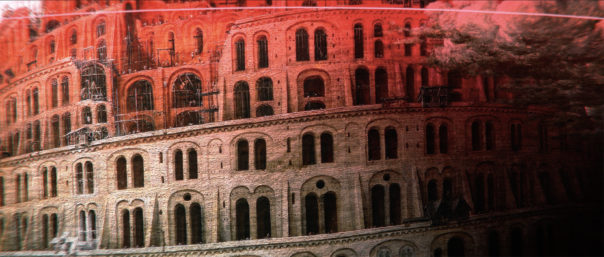
As our script started coming together, our excitement grew and incredibly talented artists started getting involved. We knew it was time to make this film!
Designer Fraser McPhee was one of the first core members involved, and he designed The Library. We both wanted a sharply defined silhouette that allowed us to play with light. The beauty of Corona’s Interactive Renderer is that together with Erick Alcaraz we could very quickly test out different lighting set-ups for The Library.
Being able to make these quick adjustments allowed us to stay in a creative mode as opposed to getting frustrated by the software. I can honestly say that spending so much time with Fraser’s design, in the Interactive Renderer, made me love the Library even more.
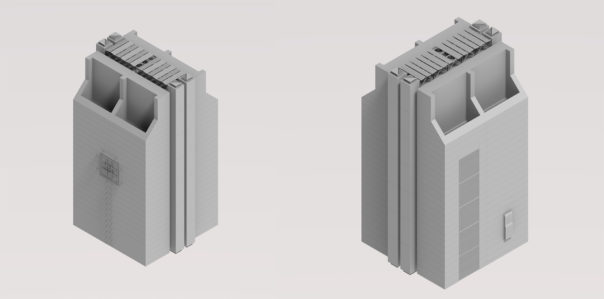
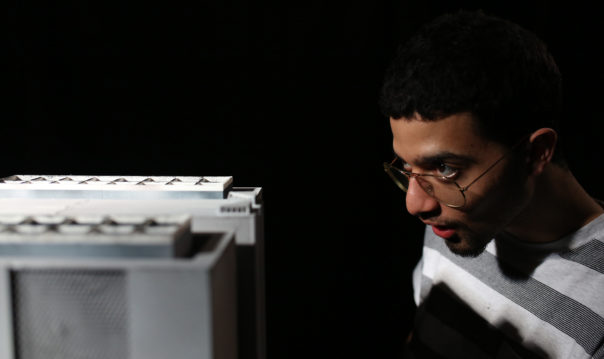
For the THINKER & RECEIVER computer modules we had the pleasure of working with Edon Guraziu. The designs make use of a variety of materials and textures. Corona’s Material editor is very straightforward but what really made the process easy is the Interactive Renderer again. Being able to make adjustments on the fly really allowed me to go deeper than just the broad changes.
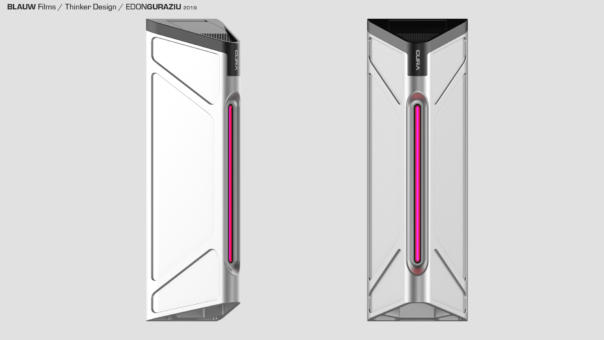
Our Production Designer Teresa Almeida built a practical set for the interiors of the Library. This would be the home for THINKER & RECEIVER. Our biggest challenge now was to get an accurate match in lighting, depth of field and exposure.
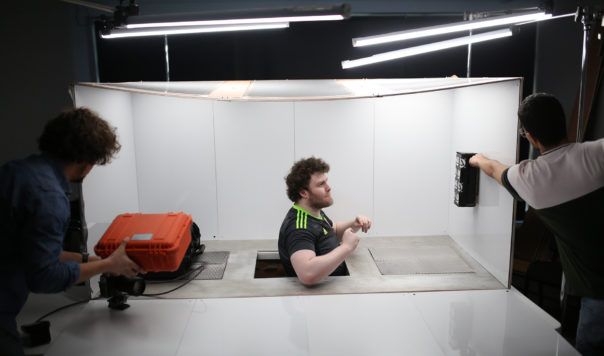
The beauty of Corona’s “Photographic Exposure” settings is that it behaves predictably. After importing the .hdr that we took on set and applying it to a Corona Sky, building a proxy set for some of the environment and texturing Edon’s models, it was time to play with our camera settings.
Tomas Posada, our 2nd unit Director of Photography, was in charge of our practical shoot and he paid careful attention in writing down all the necessary information. The focal distance, f. stop, ISO, shutter speed and color temperature were all documented clearly. After a test render it was just a matter of playing with our .hdr and other lighting settings, but we always managed to get a good match quite quickly.
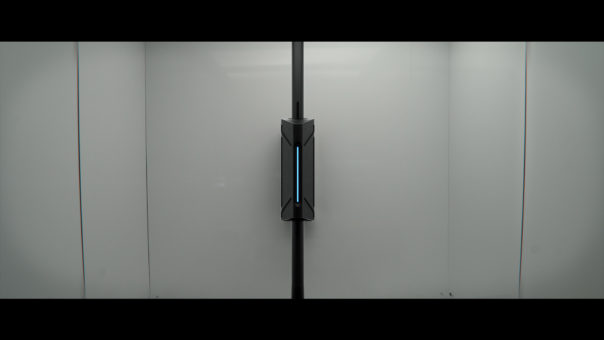
The most fun I’ve been having is when I’m rendering planets!


To achieve a natural feeling gradient, I used a larger sphere with a Volume Material. The absorption color has to be a yellowish orange. For the scattering color I used a Fresnel to
achieve that atmosphere effect. However, what really made it work was the gradient in the
Fresnel.
One summer night when there was a clean sky, I waited until 5:00-5:30 for the sun to start rising. It was dark enough for it to still be a night sky but there was enough light to start the atmosphere glowing. The photograph I took gave a beautiful representation of the colours in the atmosphere.
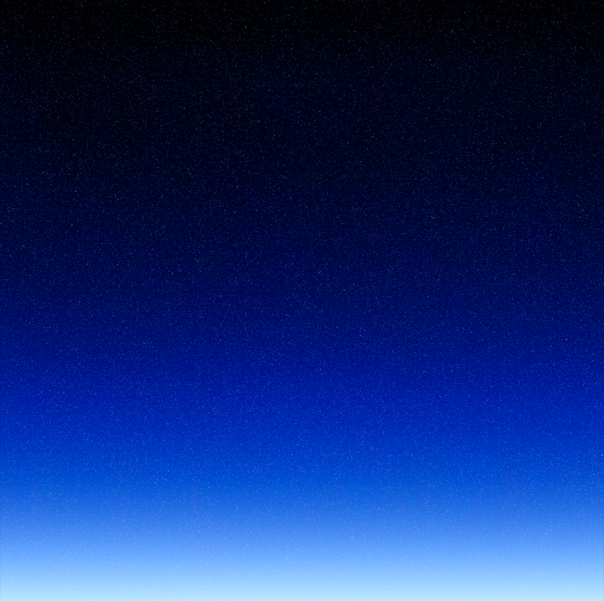
Another example of making planets is our Saturn sequence:
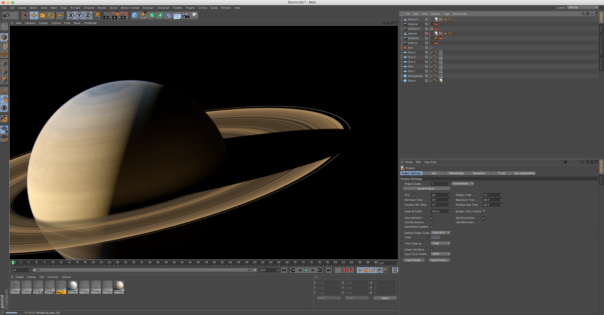
The process was very similar to that of Earth. I made some adjustments to the atmosphere absorption and scattering settings to match the look on NASA Cassini photographs. To give a better sense of the enormity of this planet, we used a 2000mm lens.
I feel like with this project I’ve finally been able to predict the results Corona is going to give me. This allows me to focus on the creativity and make much faster adjustments. Me and Erick are excited for the final steps in our lighting process!
Syntactic Labyrinths is a passion project that demonstrates our ambitious goals to create
engaging cinematic experiences. We are finally reaching the end of Post-Production but we need your help. We’re running an Indiegogo campaign to raise funds for rendering, and would love if you were able to help!
Thanks for reading, and we’ll be back with more once the project is complete!
Leonardo Verkoelen
Director, Blauw Films
